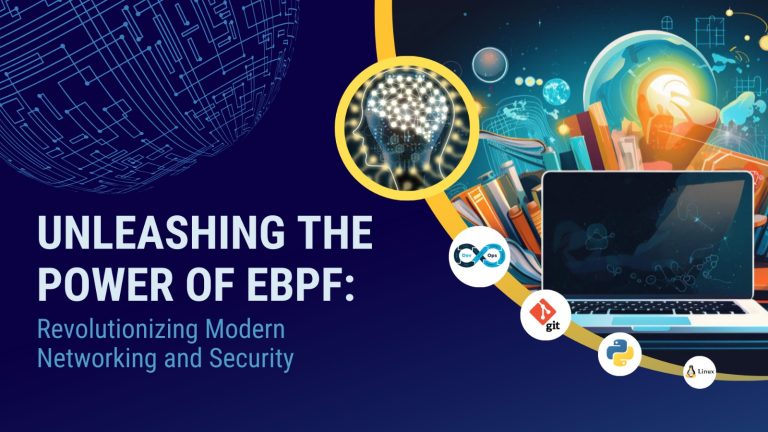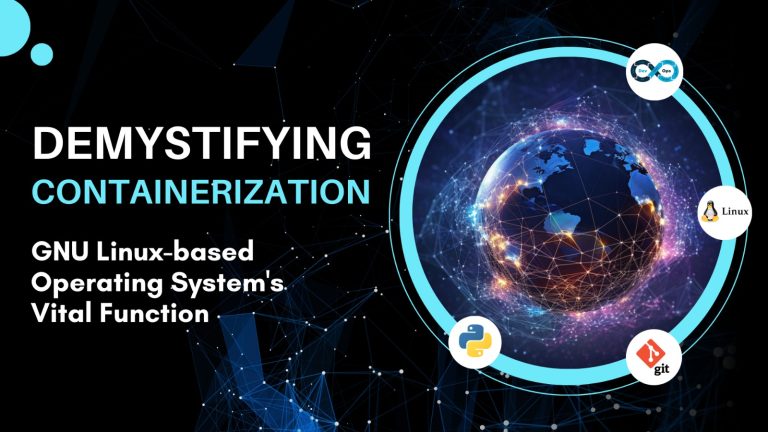The world of technology, with its turbo-dynamic features, places a lot of emphasis on the role of DevOps tools in ensuring operational efficiency. These tools now automate day-to-day operational tasks, and continuous integration and facilitating continuous deployment have become indispensable parts of the modern enterprise environment. In the sea of varied tools, Git, Ansible, Terraform, Grafana, Elasticsearch, and Kubernetes gain merit with their peculiarity factors and integration ability. Let’s see how each device is involved by smoothly implementing daily routine tasks and providing some actual life instances to show their importance.
GIT: The critical stone of version control.
GIT forms the foundation of any DevOps practice and is a decentralized version control system designed to track and manage code variations. This not only facilitates the involvement of several individuals in code creation but also ensures that changes are smoothly incorporated into the workflow while conflicts are effectively resolved.
Real-world example: A leading financial services provider deploys GIT to develop their application intuitively as a team, distributed worldwide, dramatically reducing the development time of new product features.
Ansible: Machines Assembled Effortlessly
Ansible is a simplifier of complex workflows and performs configuration management tasks.YAML is the format for playbooks that Ansible uses, so even people who need to be better-versed in the programming field can pick up this tool easily.
Real-world example: A web-based commerce platform automated the implementation of its website in several cloud environments with Ansible to guarantee consistency and avoid mistakes.
Terraform: Infrastructure code.
Terraform operates as a way of infrastructural management for enterprises, thus enabling them to provision and manage any cloud, infrastructure, or service using the same approach regardless of the platform.
Real-world example: Technology startups use Terraform to automate infrastructure management in their software across all cloud providers, enabling them to free up resources that would be otherwise used up in manual establishment of infrastructure.
Grafana: Visualizing Metrics
The Grafana is an open-source platform for monitoring and observability, where the teams of careful observation can view and analyze various metrics in real time from different sources.
Real-world example: A company manufacturer implements Grafana to draw pictures of the performance parameters of the production equipment, which accelerates problem identification and solution, therefore reducing downtime.
Elasticsearch: Search and Alter in Real Time
Elasticsearch is a distributed, querying, and analytics engine that can handle many requirements through scalability and architecture.
Real-world example: An information source relies on Elasticsearch to offer a complete real-time search function whereby the consumer can identify articles in an instant boosting experience.
Kubernetes: Orchestrating Containers
With Kubernetes being a complex system, it allows users to build and manage applications in containers on a cluster of machines. It is the engine in charge of the app containers’ automated deployment, scaling, and operations.
Real-world example: A software-as-a-service (SaaS) provider utilizes Kubernetes to administer a microservices architecture that guarantees large-scale operation, thus giving reliable services to the world customer base.
Tools of DevOps for better reliability.
It is behind those integrated DevOps tools that their true strength is hidden. When programs are written in code and pushed to GIT, Ansible playbooks will automatically be triggered for deployment, Terraform scripts will be used for infrastructure provisioning, and Kubernetes will be utilized for container orchestration. Alongside the dashboards of Grafana, Elasticsearch enables the processing of the application logs and the interaction data with the users. This integrated approach simplifies the development process and deployment, granting higher availability, scalability, and a single-click user experience.
Conclusion
With the incorporation of system automation tools such as GIT, Ansible, Terraform, Grafana, Elasticsearch, and Kubernetes, IT operations are undertaking a broad-scale approach. Through this approach, businesses can eliminate a bulk of manual work, minimize possible mistakes, and ultimately quicken production and service delivery. More and more enterprises are gradually dealing with functional workflows of the digital ecosystem. Adopting these tools into a cohesive DevOps strategy will be the key to staying competitive and meeting market demand.



